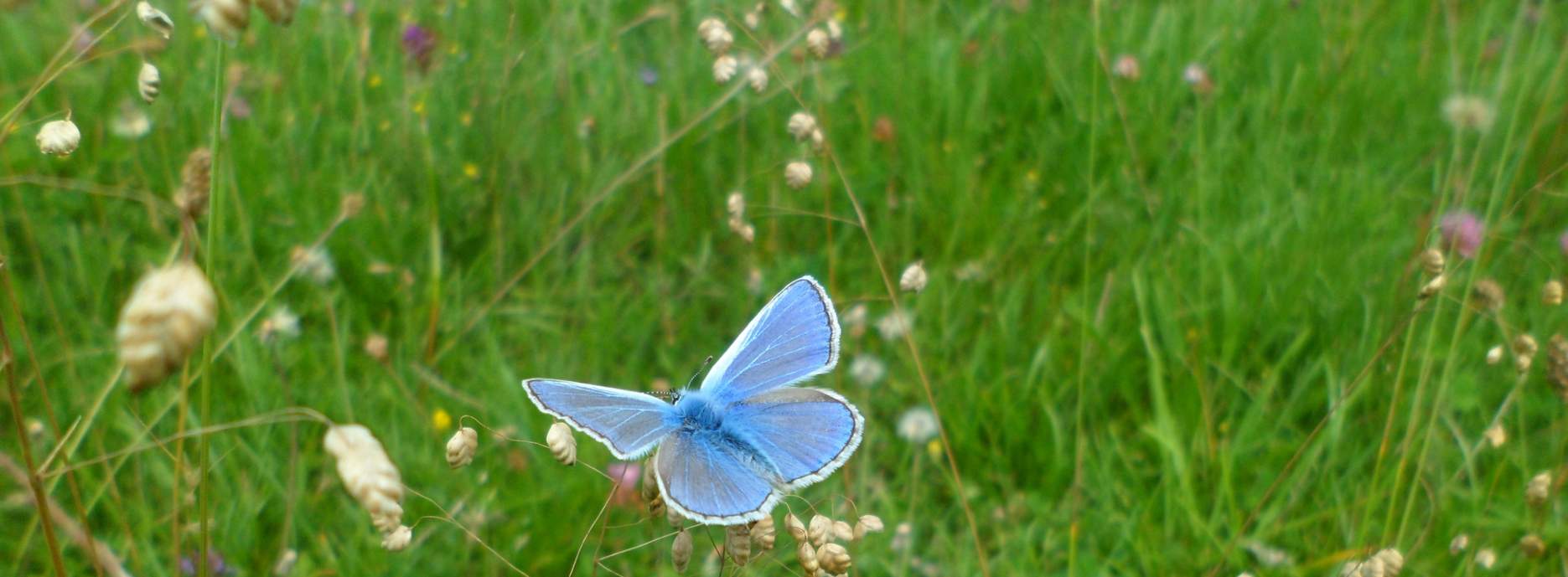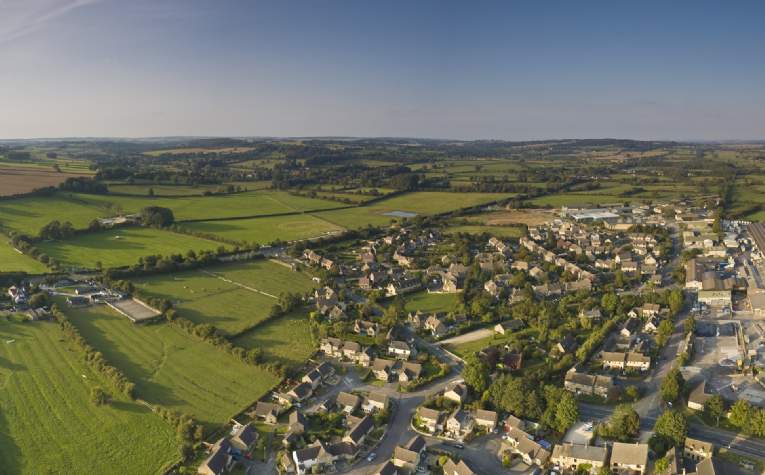The term biodiversity net gain (BNG) has been on the radar of landowners and developers for several years now, but from 12th February 2024 the new legislation is finally due to come into effect.
New developments in England will be required to demonstrate an increase in BNG; 10 per cent is mandatory but some local planning authorities have established higher targets. Guildford Borough Council, for example, has set it at 20 per cent.
If developers can’t deliver the required boost to the environment on site, they will need to look further afield which could provide landowners, farmers and natural capital investors with a useful additional income stream.
Does BNG apply to all new development?
Nearly all. Individual householders carrying out extensions are exempt. Broadly speaking all large domestic, commercial and mixed-use sites will need to comply from the outset. Small sites aren’t required to do so until April 2024 though, and at the moment Nationally Significant Infrastructure Projects (NSIPs) are exempt until at least November 2025.
Offsite BNG
Natural England has a tool which assesses habitats and calculates the BNG units. As a general rule of thumb, if the offset is within the same local planning authority area, each biodiversity unit lost will require one offsite unit. The ratio goes up to 1:2 beyond the county boundary. If the developer can’t find any options to provide the BNG either onsite or offsite they can buy statutory credits – but this is a last resort.
How can landowners generate BNG units?
The parameters of the new law ensure no one can benefit from something that’s already there. So landowners and farmers must first seek to generate an uplift in biodiversity before that land can be used for offsetting a development. They need to identify land that isn’t part of core day-to-day operations – in an ideal world, they would want to start with a low baseline score on arable or intensive grassland which, with a little work, could generate a significant uplift.
What is the long-term impact of BNG?
BNG is a 30-year commitment and comes with maintenance and management costs that landowners should factor into the price they are paid for their BNG units. Details are thin on the ground when it comes to tax implications and this will vary from individual to individual.
No one knows what will happen to the land in 30 years’ time but it is unlikely that what has effectively become a wildlife reserve will be allowed to be converted to intensive agricultural use or development land.
As for ballpark figures, again with such a new sector it is hard to be exact. Units could be worth between £25,000 and £30,000 each, depending on demand, over the 30-year management period but there are a large number of variables in play.
Accessing further detail
Defra has now published a comprehensive guidance pack that updates and consolidates the information published so far. The detailed step-by-step guidance on BNG for land managers, developers and Local Planning Authorities (LPAs) is a useful new resource. So too is the draft planning practice guidance pages. Also newly published are templates and guidance for Biodiversity Gain Plans and Habitat Monitoring and Management Plans, both of which will be required by developers as part of the planning process. Key issues remain outstanding, including a government response following the taxation of environmental land management and ecosystem service markets consultation, and the approach individual LPAs will take on key issues such as local nature recovery strategies, local planning policies, and resourcing their role in the BNG process.
Further information
Contact Jon Dearsley and Andy Watson
Savills briefing note on the Biodiversity Net Gain guidance pack
For more rural news and views take a look at the latest edition of Savills Aspects of Land.

.jpg)
.jpg)

.jpg)
.jpg)
.jpg)
.jpg)
.jpg)
.jpg)
